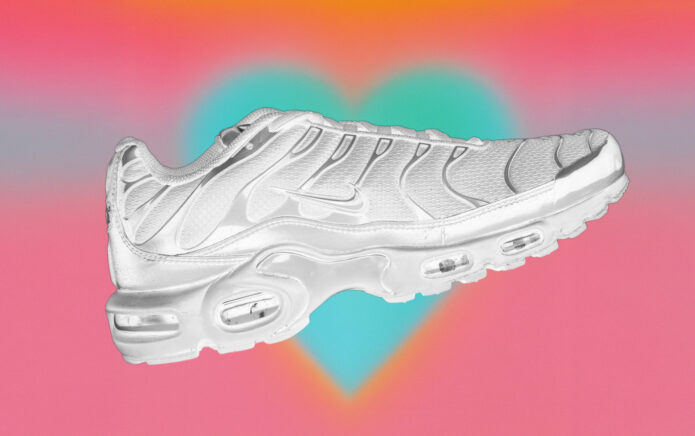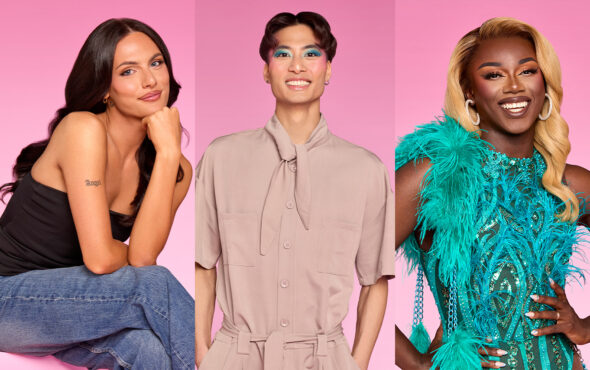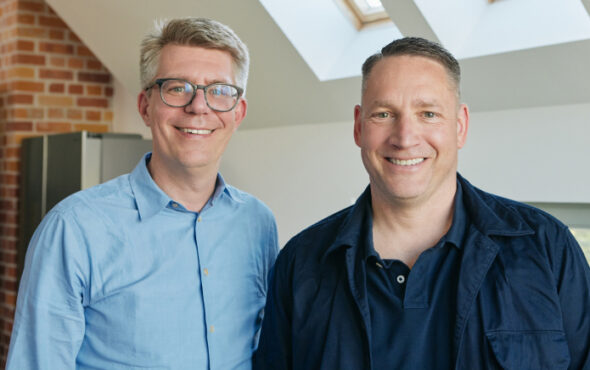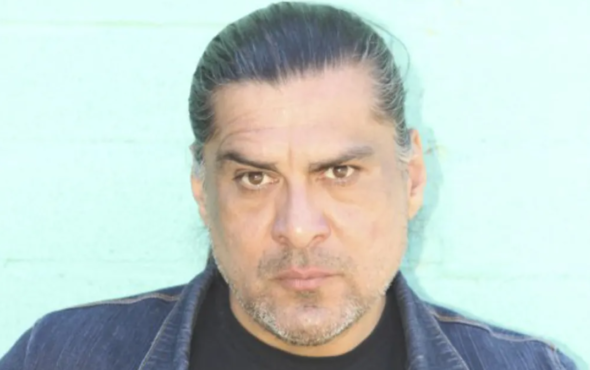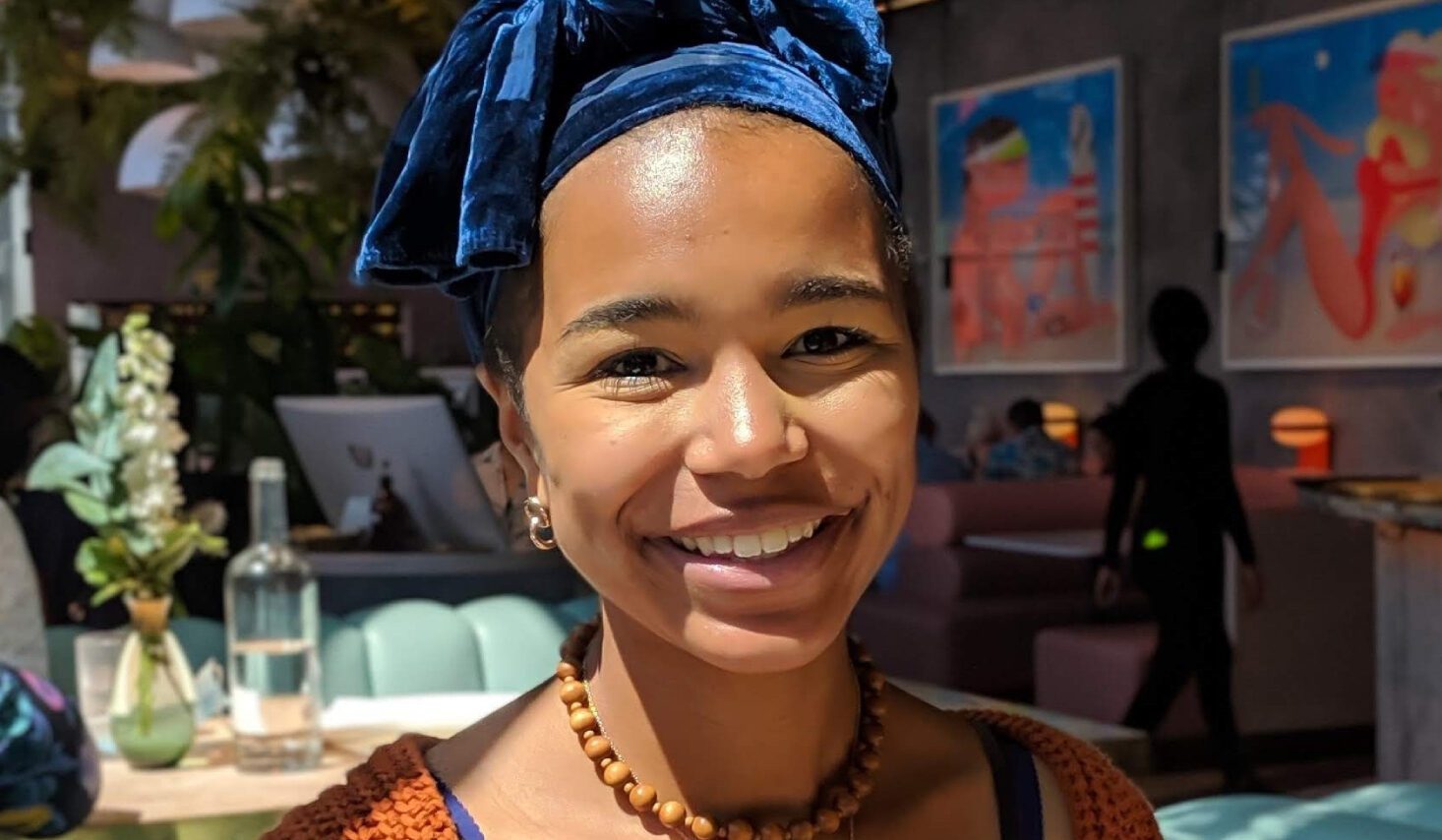
It took me 20 years to realise the meaning of “you can’t be what you can’t see”. I went through years of erasure, omission, passive and harmful silence about LGBTQ+ identities before this changed for me – when I met a fellow LGBTQ+ woman of colour.
I was sat with friends at a conference. She was an author in the last panel of the day talking about the projects carried out at the magazine she worked at. It was her confidence, her centered energy and her openness that made me go up and speak to her afterwards.
Her energy for her community was infectious and when she discussed her life, being LGBTQ+ wasn’t a part to hide or a segment from her other work – it sounded like it ran throughout everything she did as it was just who she was. This was the start of the puzzle pieces fitting together in my head, which over the next year helped me come out to myself and then to friends.
It’s a bit ironic that I threw myself into reading novels with no characters like me to understand my identity. Instead, it took meeting an author in real life to put in motion a path to understanding myself better.
By meeting someone who I could see myself in and by living openly in an LGBTQ+ partnership, I started to see what had been so misty before: I could have multiple, intersecting identities; be mixed race and LGBTQ+, and that this is a wonderful thing.
I tell this story because that moment was so powerful. Since coming out to myself, I no longer have to pretend to be someone else to feel confident and I’ve danced in rooms filled with LGBTQ+ people who have taught me so much about love, resilience, and community.
In sharp contrast to the present, I now see the absence of representation, that lack of language – visual, physical, and verbal – to understand myself throughout my early life, as a failure not just of our education system, but also our media and our workplaces and sadly, this isn’t just the case for me.
Cast your net back further than 50 years in history’s gilded guidebooks. You’ll be lucky if you find an openly LGBTQ+ British person. Now try to find one that’s mixed race, British and LGBTQ+.
This absence in the social fabric of much of our history is so important to remember as we celebrate LGBTQ+ history month in February. In many cases, this erasure was conscious, whether by record keepers or policy makers.
Thankfully, we can share more and more about recent incredible LGBTQ+ people in our history books, like Marsha P. Johnson, Audre Lorde, and those who are shaping history as I write this: Lady Phyll, Liv Little, Munroe Bergdorf and Shiva Raichandani.
So for me, LGBTQ+ history month is a time to remember that history isn’t only found in textbooks, it’s in the stories we share, the fiction we read, and the art we create. It’s baked into how we live our everyday lives. It’s LGBTQ+ people of colour bringing the intersectional representation we need and making history right now.
That said, the burden shouldn’t be on us to educate everyone around us constantly – sometimes some self-care is needed! It took me a while to be at a place where I felt ready to share my experience and no one should feel forced to share their story to be representation for others.
There are people working on filling this gap of diversity in our understanding of LGBTQ+ history including Free Black University, Stonewall and Just Like Us, the LGBTQ+ young people’s charity. Read what they have to say, visit their exhibitions and encourage schools to use their resources.
Just Like Us helped me with bringing the representation I needed growing up to schools. I volunteer with the charity, giving school talks so pupils can have the moment I had when I finally saw that I can be me – fully me.
